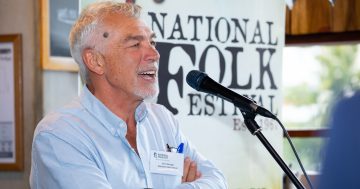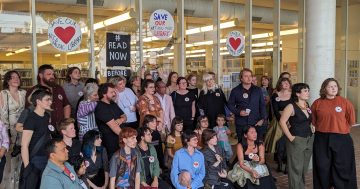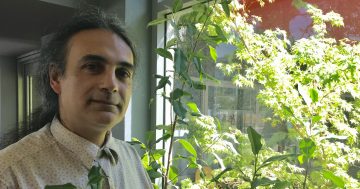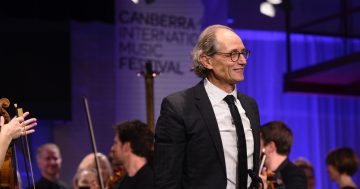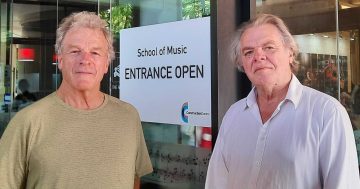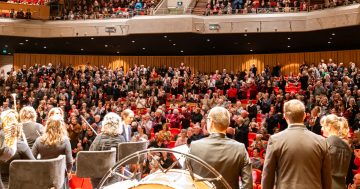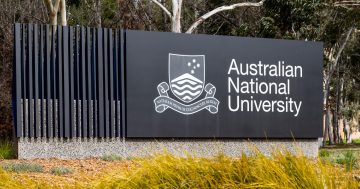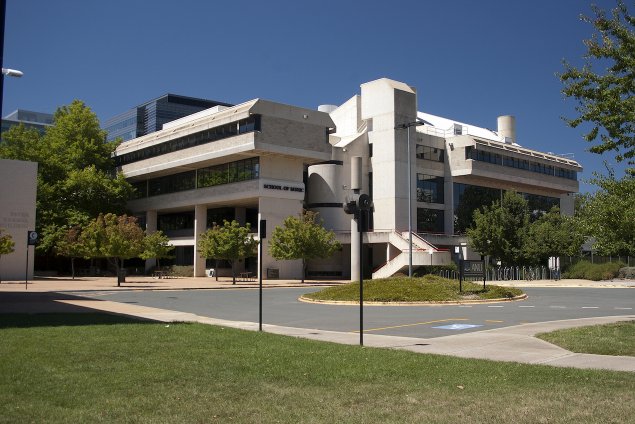
The issue of the School of Music being slow poisoned by the ANU has attracted many conversations and opinions, most of which are in favour of a resurrected or valued institution and most of which are critical of the ANU’s treatment of the School. And rightly so. It is solely responsible for the slow death facing that most cherished of institutions in Canberra.
I joined the School of Music in 1972 as its Registrar, the senior administrative officer at the School. I worked directly with Ernest Llewellyn CBE, and alongside such luminaries as Larry Sitsky, Donald Hollier, Bill Hoffmann, Alan Jenkins, Vince Edwards, Len Fischer and Don Banks, to name a few. All internationally acclaimed artists and teachers in their own right.
The School was the vision of Doug Anthony MP and his wife Margot. In 1965, the federal government enticed Ernest Llewellyn to create a school of music to teach the performance and academic aspects of music along the lines of the Julliard School in the US.
The idea was to create academically qualified concert performers who could pass on their talents and skills in a structured and professional way after a world acclaimed performance career. Or indeed, perhaps both at the same time.
Many will not know that Ernest Llewellyn was himself a violinist of world repute. He played the viola in a trio with Isaac Stern and Yehudi Menuhin. His wife Ruth was the daughter of the Australian acclaimed violin maker AE Smith and whose bridesmaid was Hephzibah Menuhin. He was awarded the MBE for services to music and later was awarded the CBE for further service to the performing arts.
His vision was to have the School of Music the premier conservatorium of music in Australia. The School started humbly teaching performance and musicianship towards A Mus and L Mus and awarding scholarships in a variety of musical disciplines. During my time, the School went from awarding a Dip Mus to awarding a BA Mus, on its way to awarding higher degrees culminating in the PhD in music.
We built the premises in Acton, leaving the campus at Manuka (and satellites in the Narrabundah Infants School and the Jewish Memorial Centre) in 1976. The institution was growing up, with world class performance facilities. But along the way, the School did some pretty amazing things.
One such development, largely unrecognised, is the development of electronic music. Around 1974/75, the electronic music scene in the classics was just taking off. The charge was led by Keith Humble from Melbourne. One of his mates was Don Banks. We set up an experimental studio for Don in our rented space at the Jewish Memorial Centre in 1975 and the genre took off. The connection between composition, electronics and the classics was on its way.
The then new building had the second largest stage in Australia, measuring 72 feet long and being divided by the sound screen which cut the stage into two allowing two full size orchestras to do their stuff with no sound leakage in either direction. The auditorium, now the Llewellyn Hall, was the first “tuned” auditorium in Australia. The TV and Audio recording studios were state of the art.
It was also here that the recruitment of the first music librarian was effected. She was a specialist music librarian and the school had a wonderful collection aimed at both performance and musicianship. The School branched into ethnomusicology.
But the skies were dark. The location in Acton was uncomfortable for Ernest. He had done the hard yards in achieving degree status for the School and he could see the talons of the ANU posed to absorb the School into its fold.
Ernest said to me that any takeover by the ANU should be resisted because it would spell the end of the School as we knew it. He said the accent would drift into the academic aspects of musicology and research at the expense of world class concert performing. He resisted all overtures in the time I worked for him, until mid-1978.
How true the prediction.
The amalgamation went through without fanfare. It was not welcomed by many in this town. The ugly truth of Ernest’s warnings became fact.
I left the School and went on my way, and didn’t really keep my connections going until entering the Legislative Assembly where I witnessed the withdrawal of financial support to the School by the then Liberal Government. The ACT government contributed $1.4million to the running of the school and the then Government’s attitude was that the School was a federal activity coming now under the ANU Act and so was not to be funded from ACT revenue. I joined the then Director Nicolette Fraillon in a march to seek the restoration of that funding. When Labor took office, the funding was restored. But the ANU’s intention was clear.
They were not going to prop up an institution which did not conform to their structures and approaches to academic achievement. They did not believe that the performance aspect of the School’s imprimatur was sustainable.
What we are seeing being played out is the ANU’s long standing attitude towards the School of Music and the School of Arts. They believe that the role of the ANU is to produce academics not performers and artists. They just don’t get it!
The Schools of Music and Arts have had a leading place within Canberra for the production of performance, artistic and academic excellence since 1965. The Schools have given life to the development of the arts in not only Canberra but in Australia and overseas. Our graduates have world reputations and we had begun to reverse the brain and talent drain which forced our talented young people overseas in the search for opportunity and significant mentorship.
The destruction of the School of Music, long time a plan of the ANU, is an act of artistic bastardry the world will recognise and condemn.
The solution, for me, is for the ACT Government to seek to have the Schools returned to their roots. To absorb them into the University of Canberra and to continue the vision of Ernest Llewelyn.
The other possibility I would canvass is the separation of both Schools from the ANU, and under the auspices of the University of Canberra, the setting up of a separate degree awarding institution of the Arts within the ACT. This would attract fee paying overseas students and continue to give our own home grown performers the opportunities they deserve.












